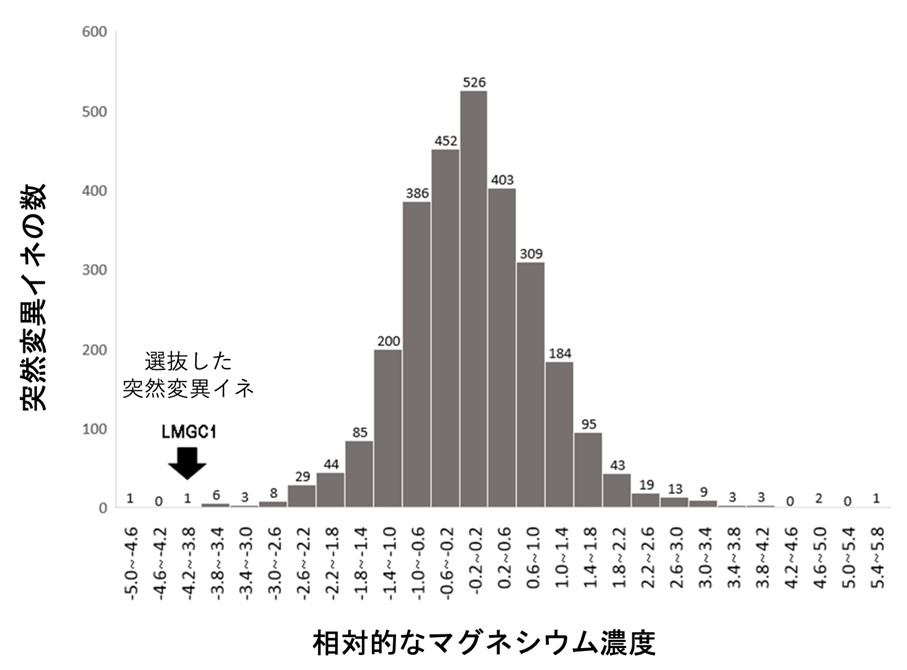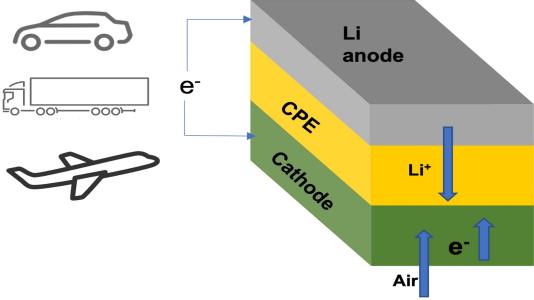2023-02-22 オーストラリア連邦研究会議(ARC)

◆従来の太陽電池は、ペロブスカイト吸収層を取り出し層とコンタクト電極の間に配置したサンドイッチ構造になっています。光は基板と有効層を通過してペロブスカイト層に到達する。
◆バックコンタクトペロブスカイト太陽電池は、電極と輸送層がペロブスカイト層の同じ側に配置されているため、寄生吸収損失がなく、理論効率が高くなる。さらに、この構造では、ペロブスカイト層のin-situおよびin-operando特性評価も可能である。長年にわたり、デバイスの性能は、最初のインターディジット型(インターロック型)バックコンタクト型PSCの6.54%から12%以上まで向上している。
◆バックコンタクト型PSCでは、ペロブスカイト中の電荷キャリア拡散長が通常これ以下であるのに対し、輸送層が数ミクロンメートルの距離で交互に配列されているため、電荷ダイナミクスは輸送層の効果だけでなく構造によっても影響を受ける。
◆デバイスの性能をさらに向上させ、ペロブスカイトの光電子特性が時間とともにどのように変化し、それが構造とどのように相関するかを理解するためには、そうした情報を表示するマップを構築することが有益である。
◆モナシュ大学とオックスフォード大学を拠点とするARC Exciton Science Centre of Excellenceの研究者たちは、カメラ付き顕微鏡とコンピュータモデリングを活用して、異なる種類のデバイス間で理想化係数がどのように空間的に変化するかをさらに理解することに挑戦した。
◆この研究では、電子輸送層としてコンパクトな二酸化チタン(TiO2)を持つものを含む、2つの異なるタイプのバックコンタクトPSCが研究されました。もう1つのPSCは、メソポーラスTiO2層を追加したものである。
◆その結果、メソポーラスTiO2層の導入によって再結合損失が大幅に減少し、デバイスの効率と発光強度が向上することが確認された。また、コンピュータシミュレーションにより、実験的に得られた結果を再現し、理解することができた。
◆デバイスの性能を決定する重要な要因は、電子-正孔輸送層界面におけるイオンの偏在である。イオンの移動を防ぐ方法を見つけることは、バックコンタクトPSC技術を発展させる上で非常に重要である。
◆本研究成果は、Advanced Energy Materials誌に掲載されました。
<関連情報>
- https://excitonscience.com/news/mapping-defects-back-contact-perovskite-solar-cells
- https://onlinelibrary.wiley.com/doi/abs/10.1002/aenm.202200796
バックコンタクトペロブスカイト太陽電池の理想化係数のマッピング Ideality Factor Mapping of Back-Contact Perovskite Solar Cells
Kevin J. Rietwyk, Xiongfeng Lin, Boer Tan, Tharindu Warnakula, Philippe Holzhey, Boya Zhao, Siqi Deng, Maciej A. Surmiak, Jacek Jasieniak, Udo Bach
Advanced Energy Materials Published: 20 January 2023
DOI:https://doi.org/10.1002/aenm.202200796
Abstract
The efficiency of back-contact perovskite solar cells has steadily increased over the past few years and now exceeds 11%, with interest in these devices shifting from proof-of-concept to viable technology. In order to make further improvements in the efficiency of these devices it is necessary to understand the cause of the low fill factor, low open-circuit voltage (VOC), and severe hysteresis. Here a time-dependent Suns-Voc and Suns-photoluminescence (PL) analysis are performed to monitor the transient ideality factor spatially. Two sets of quasi-interdigitated back-contact perovskite solar cells are studied; cells with and without a mesoporous TiO2 layer. Maps of the PL intensity and ideality factor resemble the periodic structure of the back-contact electrodes and the transient behavior exhibit distinct features such as a temporary variation in the periodicity of the modulation, spatial phase shifting, and phase offsets. It is shown that the presence of the mesoporous layer greatly reduces recombination, increasing the VOC by 0.12 V. Coupled 2D time-dependent drift-diffusion simulations allow the experimental results to be modeled, and replicate the key features observed experimentally. They reveal that non-uniform ion distribution along the transport layer interfaces can drastically alter the PL intensity and ideality factor throughout the device.



